Results 1 to 10 of 14
Hybrid View
-
07-06-2015, 12:13 PM #1

The mark on the tang doesn't follow the "direction" of it :
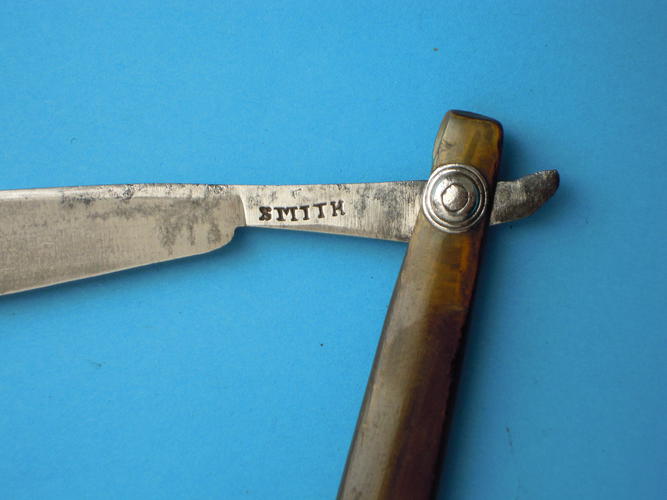
And they are usually larger on razors of this period. Plus it doesn't look like "natural".
In my opinion it was made to mask an wear of the blade like this one :
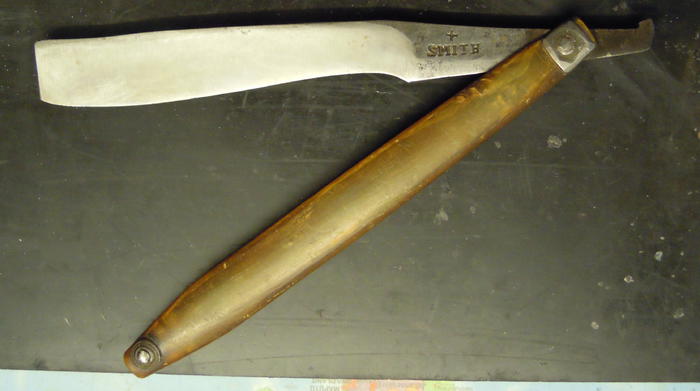
Made it usable again from the nose to the end of the blade, and perhaps give it a more modern form.
But it's only a guess.
-
-
07-06-2015, 02:37 PM #2

It is very possible I think!
Maybe it was to fix a fault in the forging...
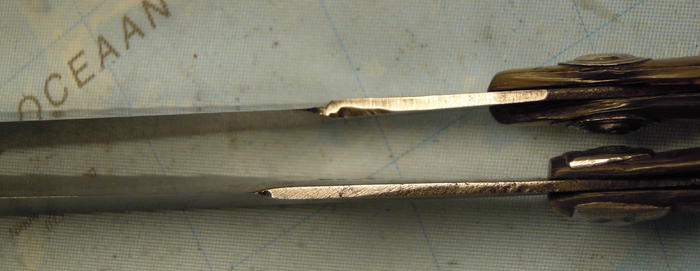
It could also explain the fading of the "Geo." stamp on the spine,

and the fading of the "+" mark, maybe some metal was also removed of the spine

If that is the case, in the beginning, it would have been more like this
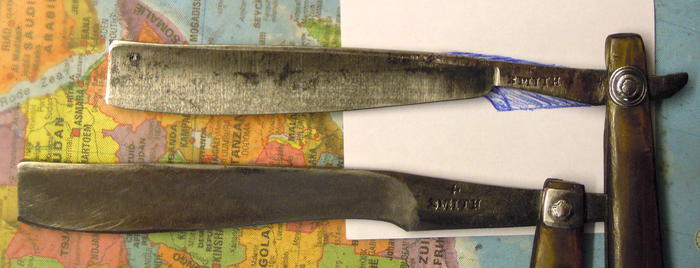
 Darn, really thought I found something...
Darn, really thought I found something...
but hey, they did a very nice job, didn't they...
-
07-06-2015, 03:59 PM #3

It's quite an ingenious fixing indeed (if it is one).
-
07-06-2015, 04:28 PM #4Senior Member



- Join Date
- Apr 2012
- Location
- Diamond Bar, CA
- Posts
- 6,553
Thanked: 3215
Yea, donít see those every dayÖ
Still a nice find, no matter what happened to itÖ itís not a reground Gold Dollar. Itís all history and interesting trying to figure out, what was done and why?
Makes it even more, fascinating.
I picked this up the other day for $2 for the ivory scales, canít read the stamp because of the rust, but now I think it may be older than I thought.
In Ivory, it was probably a nice razor once.
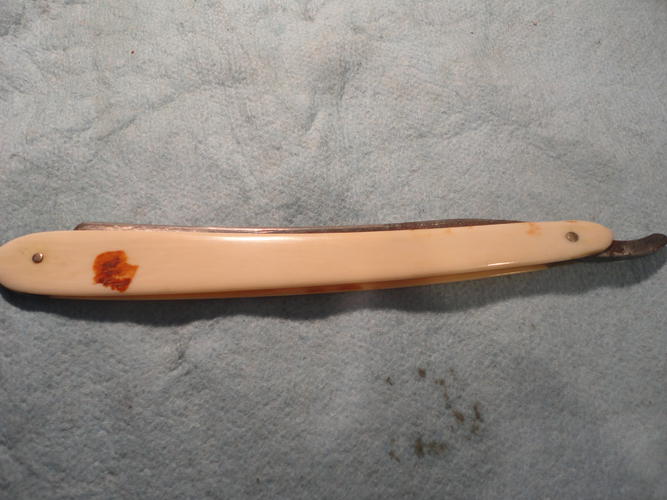
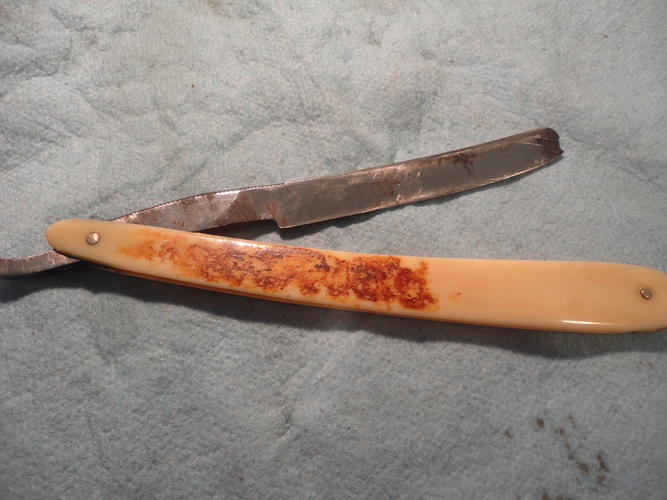
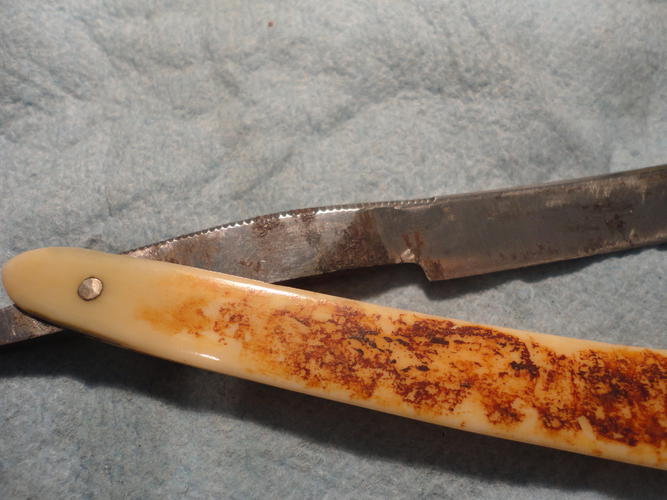

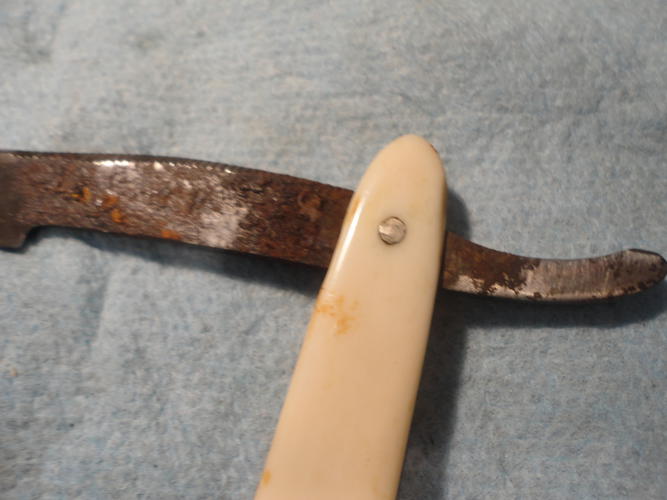
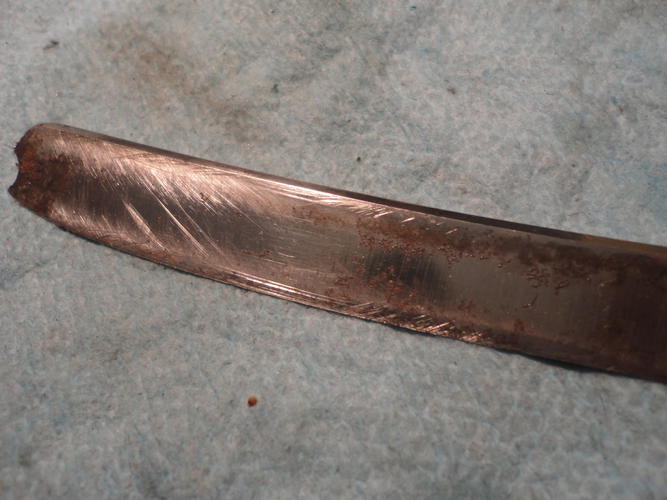
-
07-06-2015, 07:14 PM #5
-
07-06-2015, 07:16 PM #6
-
07-13-2015, 03:59 PM #7

The transition from tang to edge (very distinct here) is from later regrinding, which was very common with the old ones after heavy use (otherwise they became very difficult to sharpen).
-
The Following User Says Thank You to ScienceGuy For This Useful Post:
Fikira (07-13-2015)
-
02-27-2016, 09:01 PM #8

A little bit of extra information

Smith (“+SMITH”) | Fikira
Regards


 28Likes
28Likes LinkBack URL
LinkBack URL About LinkBacks
About LinkBacks






 Reply With Quote
Reply With Quote
